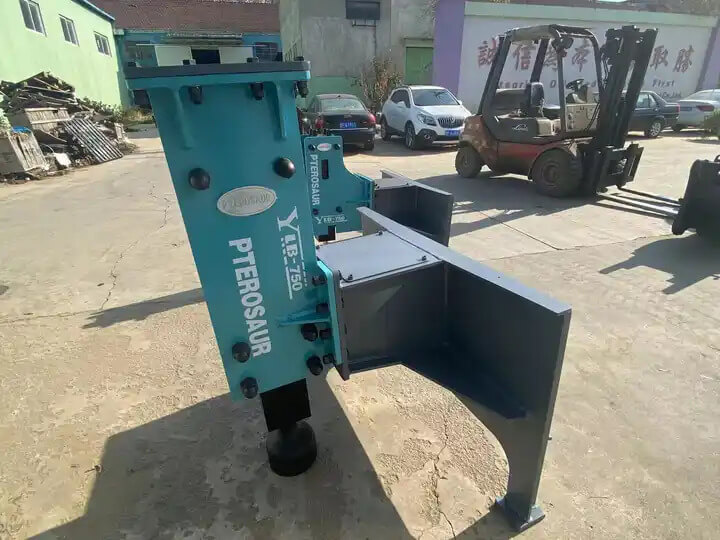Understanding CE Compliance for Hydraulic Equipment in the European Union
Introduction
CE compliance, or “Conformité Européenne,” is essential for manufacturers looking to sell their products within the European Union (EU). This certification serves as a “passport” for products, ensuring that they meet high safety, health, and environmental protection standards. In the realm of hydraulic equipment, CE marking is particularly critical, as it guarantees that these powerful machines adhere to the stringent regulations set forth by the EU.
Importance of CE Marking
For manufacturers of hydraulic equipment, CE marking signifies that their products conform to EU directives. This compliance is not just about meeting legal requirements; it also enhances the product’s marketability across Europe. Hydraulic equipment, such as drills, breakers, and excavators, are commonly required to have CE certification before being introduced to the market.
Countries Requiring CE Marking
CE marking is mandatory in countries that are part of the European Economic Area (EEA) or the European Free Trade Association (EFTA). While some countries, like Turkey, are not part of these groups, they still recognize CE marking for certain products. Manufacturers must be aware of the specific regulations in the countries where they plan to sell their hydraulic equipment.
Products Typically Requiring CE Certification
Not all products require CE marking; only those that fall under EU directives need to be certified. Common hydraulic products that require CE certification include:
- Hydraulic Breakers: Used in demolition and construction, these powerful tools must meet safety standards to prevent accidents.
- Excavators: Essential for earth-moving tasks, excavators equipped with hydraulic systems must comply with the EU’s regulatory framework.
- Drilling Rigs: Pneumatic and hydraulic drilling rigs also need CE marking to ensure they perform safely and efficiently.
How to Obtain CE Certification
The process for obtaining CE certification can vary depending on the product and the specific EU directives it falls under. Generally, the steps include:
- Determine Applicable Directives: Identify which EU directives apply to your hydraulic equipment.
- Conduct Risk Assessments: Evaluate potential risks associated with the use of your hydraulic products.
- Testing and Compliance: Ensure that your products undergo necessary testing to verify compliance with EU standards.
- Documentation: Prepare the required technical documentation that demonstrates compliance.
- Affix the CE Mark: Once compliance is confirmed, the CE mark can be affixed to the product, allowing it to be sold in the EU market.
Conclusion
In summary, CE compliance is a vital aspect for manufacturers of hydraulic equipment looking to access the European market. By understanding the importance of CE marking and the requirements for obtaining certification, manufacturers can ensure that their products meet the necessary safety and regulatory standards. This not only facilitates smoother market entry but also builds consumer trust in the quality and safety of hydraulic machinery. As a result, CE certification should be viewed not merely as a regulatory hurdle but as a valuable asset in the competitive landscape of hydraulic equipment manufacturing.




































